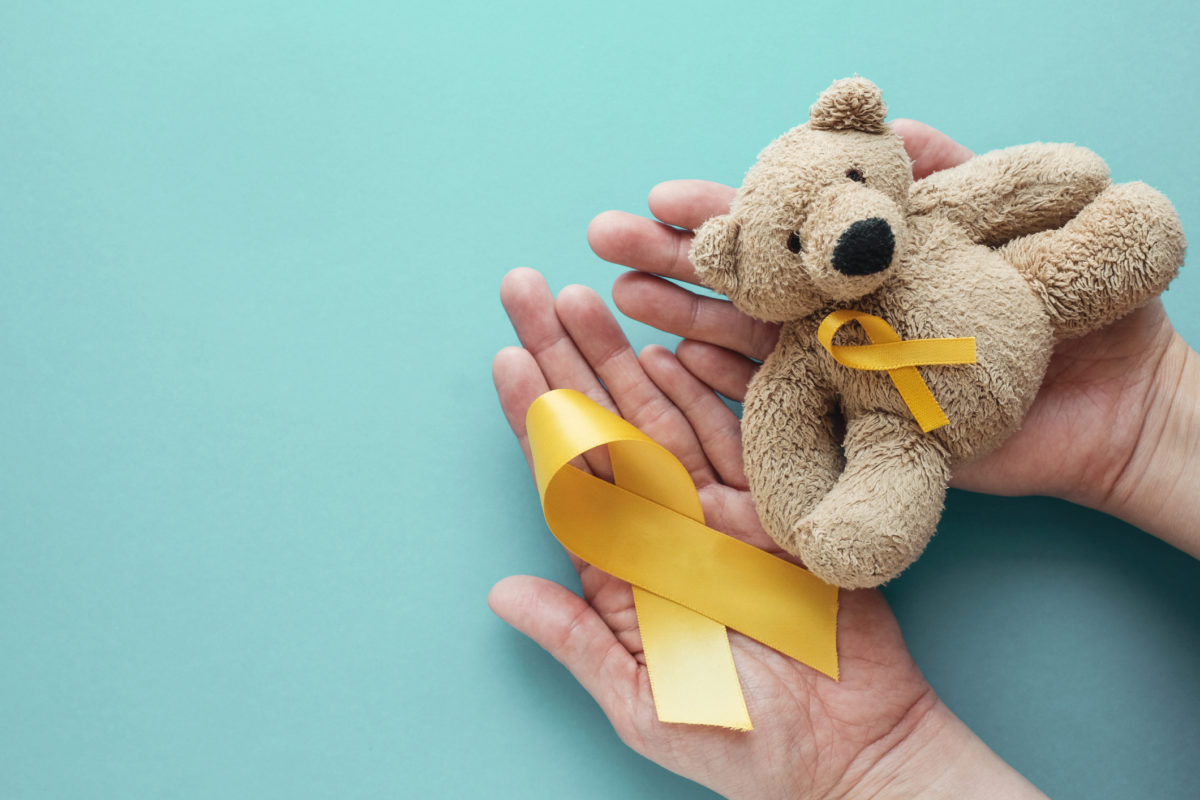Dr. Purvi Kadakia Kutty’s expertise in pediatric hematology and oncology has been instrumental in improving the care and outcomes of children with blood disorders and cancer. The journey of childhood cancer treatment is emotionally and physically challenging for both the young patient and their family. While medical advancements have significantly improved survival rates, managing the side effects of treatment has become a critical aspect of comprehensive care. Cancer therapies such as chemotherapy, radiation, and bone marrow transplants are essential for combating the disease but often bring about significant physical and psychological side effects. Parents play a crucial role in helping their children navigate these challenges, providing emotional reassurance, ensuring proper medical support, and addressing their child’s overall well-being throughout the treatment process. With expert guidance and a multidisciplinary approach, children can receive the holistic care they need for a smoother recovery and a better quality of life.
Common Physical Side Effects and How to Manage Them
Cancer treatment affects rapidly dividing cells, which means that healthy cells, such as those in the digestive system, blood, and hair follicles, can also be impacted. Some of the most common physical side effects include nausea, vomiting, fatigue, hair loss, weakened immunity, and changes in appetite.
Nausea and vomiting are among the most distressing effects of chemotherapy and radiation therapy. Anti-nausea medications prescribed by the doctor can help, but dietary modifications such as providing small, frequent meals and avoiding strong-smelling foods may also ease discomfort. Fatigue is another common issue, often caused by anemia or the body’s need to recover from intensive treatments. Ensuring adequate rest, hydration, and light physical activity can help children feel more energetic.
Hair loss can be particularly distressing for young patients. While it is a temporary side effect, helping a child prepare for this change—whether by choosing a comfortable head covering or allowing them to gradually adjust—can make the transition easier. Immunosuppression due to cancer treatment increases the risk of infections, making hygiene practices, a well-balanced diet, and timely vaccinations essential.
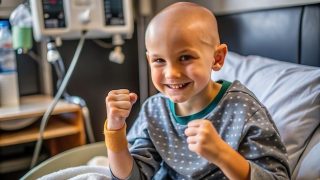
Emotional and Psychological Impact on Children
A cancer diagnosis and its treatment bring a range of emotional challenges for children, affecting their mental well-being and overall quality of life. Feelings of fear, anxiety, frustration, and sadness are common, as children may not fully understand their condition or why they are undergoing painful procedures. Maintaining open communication and encouraging emotional expression through art, storytelling, or therapy can help children process their emotions.
A supportive environment is vital for a child’s emotional well-being. Parents, caregivers, and medical professionals should create a sense of normalcy through playtime, social interactions, and engagement in hobbies. Support groups specifically designed for pediatric cancer patients can help children connect with others who are going through similar experiences, making them feel less isolated.
Long-Term Side Effects and the Importance of Follow-Up Care
While the goal of cancer treatment is to eliminate the disease, some side effects may persist or emerge long after therapy has ended. These long-term effects, known as late effects, can impact organ function, growth, cognitive abilities, and overall health. Regular follow-up appointments with pediatric oncologists are essential to monitor these effects and take timely action if any complications arise.
One of the major concerns for childhood cancer survivors is the potential impact on their developing organs. Heart, lung, and kidney functions should be regularly evaluated, especially if the child has received high doses of radiation or chemotherapy. Cognitive challenges such as difficulty in concentration, memory issues, and learning difficulties may also arise, necessitating educational support and specialized interventions. Parents should work closely with their child’s healthcare team to ensure that any long-term side effects are properly addressed.
The Role of Nutrition in Managing Side Effects
Proper nutrition plays a crucial role in supporting a child’s recovery and minimizing the impact of side effects. Many children undergoing cancer treatment experience appetite loss, weight loss, or difficulty in swallowing due to oral sores. Offering nutrient-dense, easy-to-eat foods such as smoothies, soups, and soft fruits can help ensure they receive adequate nourishment. A registered dietitian can provide personalized dietary recommendations based on the child’s specific needs and treatment plan.
Hydration is equally important, as chemotherapy can lead to dehydration and electrolyte imbalances. Encouraging a child to drink water, herbal teas, or electrolyte-rich beverages can prevent complications and keep them feeling more comfortable.
Supporting the Family During Treatment
Caring for a child with cancer affects the entire family, including parents and siblings. Parents may experience stress, anxiety, and emotional exhaustion while managing their child’s medical needs. Seeking support from friends, family, and professional counselors can provide much-needed relief and guidance. Siblings of pediatric cancer patients may also require emotional support, as they often experience feelings of confusion, jealousy, or sadness. Including them in the caregiving process and ensuring they receive attention and reassurance can help maintain a sense of balance within the family.
Conclusion
Managing the side effects of childhood cancer treatment requires a comprehensive approach that addresses both physical and emotional well-being. Parents play an essential role in providing comfort, support, and care, ensuring that their child’s needs are met throughout their treatment journey. With advancements in medical research and a strong support system, children diagnosed with cancer can continue to receive the best possible care and have a brighter future ahead. Regular communication with healthcare providers, a balanced approach to nutrition, and a nurturing environment at home can make a significant difference in a child’s ability to cope with cancer treatment and its challenges.
Visit: https://childoncologist.com/
Google Directions: Kharghar, Navi Mumbai.
Contact: +91 77381 62020




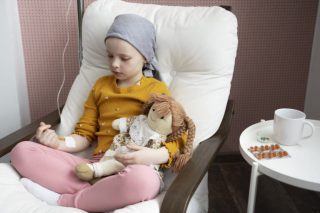
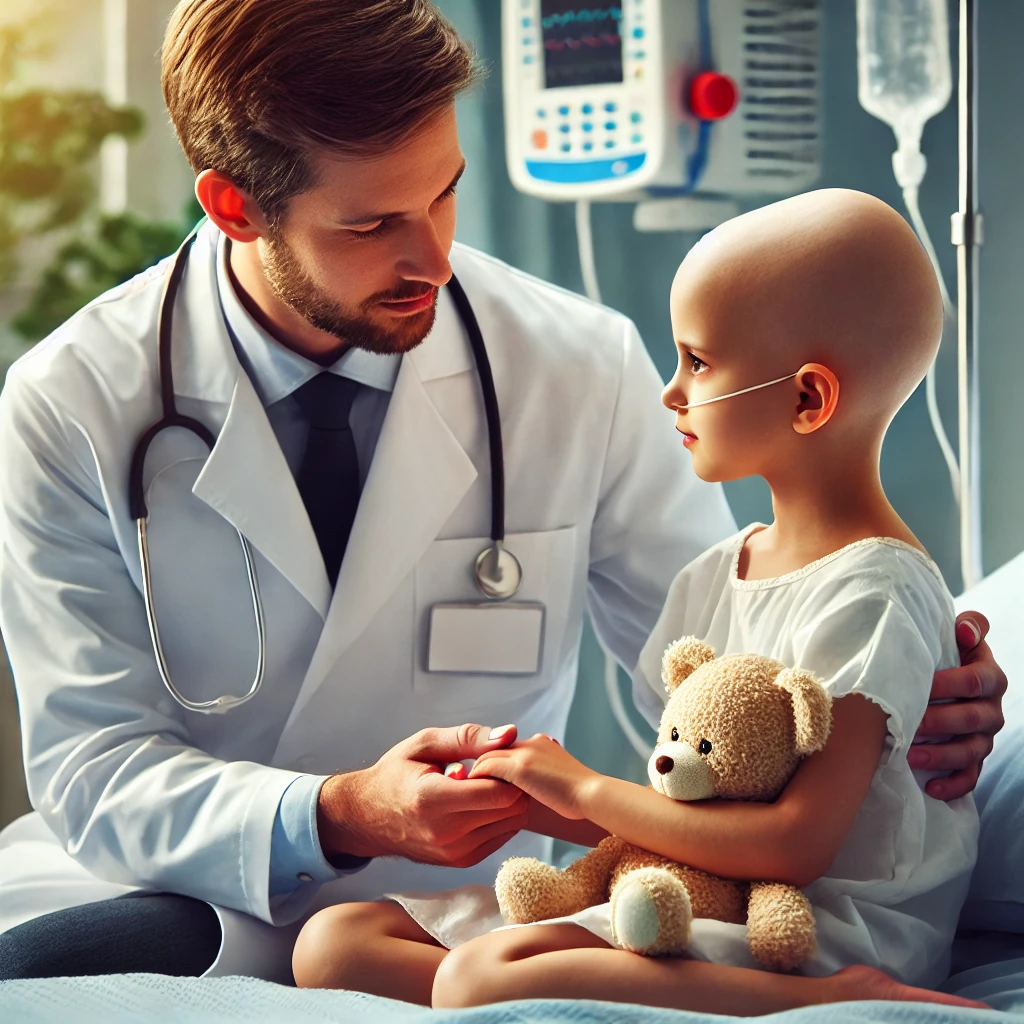
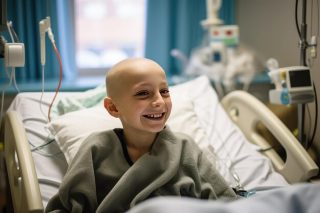

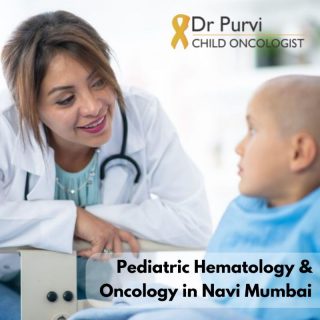
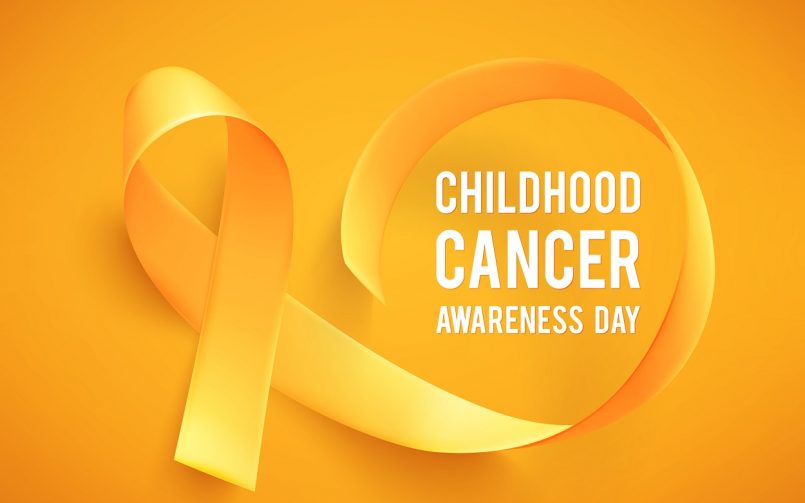

 When treating an 80 plus-year-old with cancer, doctors are not thinking about getting that person 40 years of survival. Instead, they focus on prolonging their life and ensuring quality of life by managing side effects and symptoms.
When treating an 80 plus-year-old with cancer, doctors are not thinking about getting that person 40 years of survival. Instead, they focus on prolonging their life and ensuring quality of life by managing side effects and symptoms.









